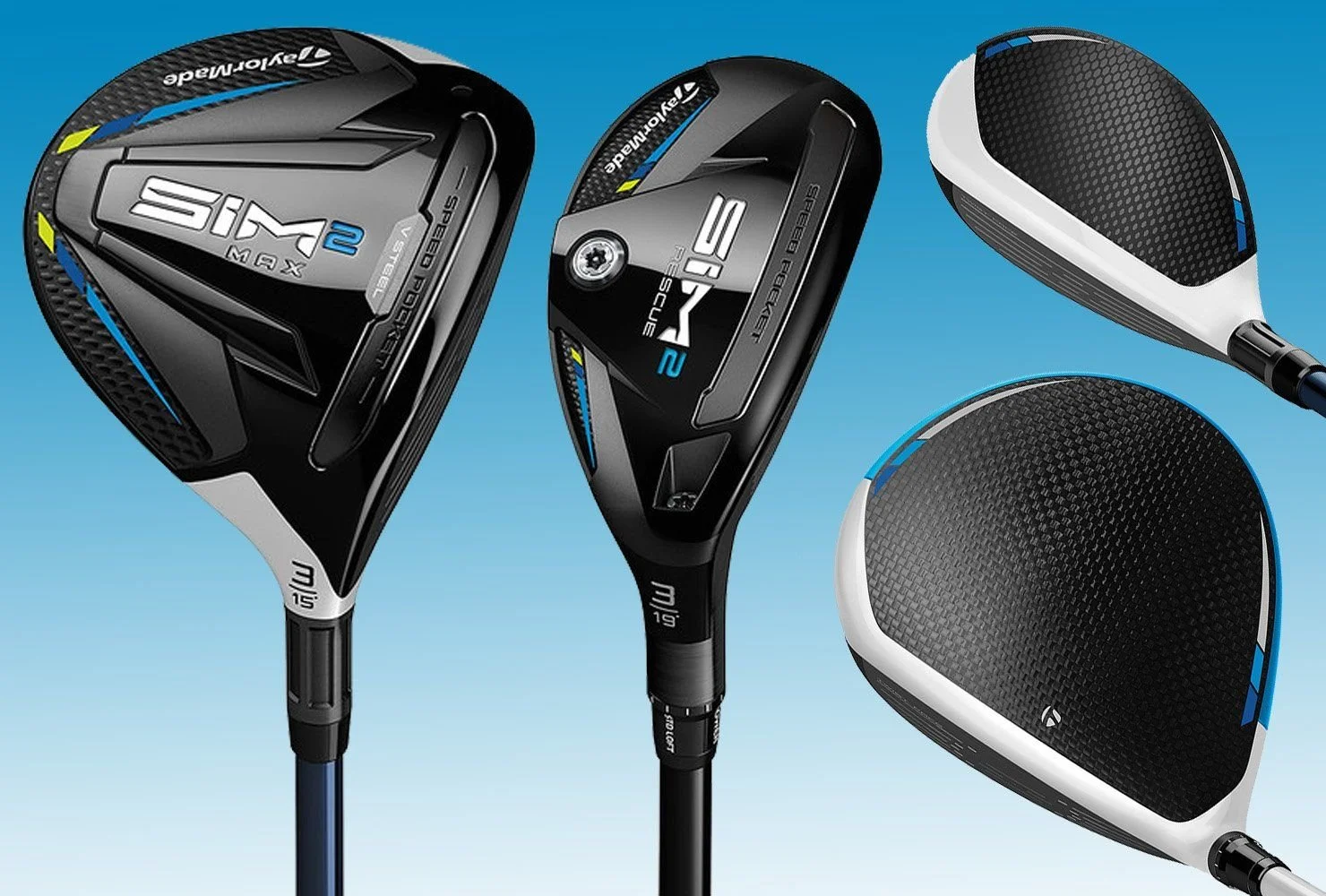High Lofted Fairway Metals vs. Hybrids
By Justin Pahl, Club Fitter at Miles of Golf
One of the most common issues in golf is the inability to hit lower lofted irons consistently, with a high enough trajectory to stop the ball on a green or near a desired target. The solution to this problem can usually be found in some sort of hybrid iron or high lofted fairway metal. These types of clubs are much more forgiving and will produce a higher ball flight compared to an iron with the same amount of loft. But which one should you play?
Both high lofted fairway metals and hybrids can act as a good replacement for lower lofted irons because the head shape has a larger overall surface area, and the shafts are longer in length than a conventional iron. This larger head shape helps with forgiveness and higher overall trajectory by shifting the center of gravity or “CG” of a club head farther away from the club face.
As the distance between the club face and the CG of a club head increases, so does forgiveness, launch angle, and spin rate. Because trajectory is a product of launch angle, spin rate, and ball speed, using a club with rear placed CG, like a hybrid or fairway metal, produces a higher launch angle and increased spin rate, while the added shaft length can help improve club head speed, hopefully translating into more ball speed. Furthermore, the added forgiveness can provide more consistency, and the higher trajectory increases stopping power from longer distances.
There are differences between fairway metals and hybrids as well. The first being versatility. A hybrid typically has a slightly smaller head than a fairway metal. This smaller head allows the club head to travel through long and thick grass more easily. Hybrids also have shorter shafts than fairway metals, which can offer more control and accuracy.
In contrast, the longer shaft of a fairway metal makes it easier to generate more club head speed than a hybrid. However, the larger head shape makes these clubs better suited for shots from shorter grass or off the tee.
Another main difference between fairway metals and hybrids is the aforementioned CG placement. The larger head of a fairway metal places CG even farther back than a hybrid. Once again, leading to more forgiveness, higher launch and increased spin rate. Even though these might not be quite as versatile as hybrids, they are great for producing high trajectory shots that land soft.
When deciding on which type of clubs to put in your bag, it’s important to consider your individual game and style of play. Most players carry a combination of irons, hybrids, and fairway metals, but the mix can vary. If you are looking for a lower, more penetrating ball flight, a low lofted iron might be in your best interest. However, if you would like to add some forgiveness, versatility, and higher trajectory to your long-distance shots, a hybrid could be the answer. If you need to add even more height and forgiveness to your long game, a high lofted fairway should be the answer. Most importantly, find the right club that fits your individual needs and helps you play better golf.

